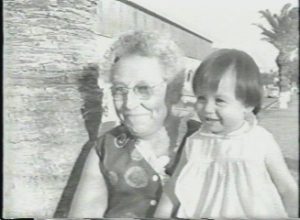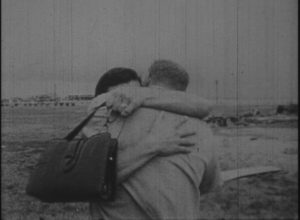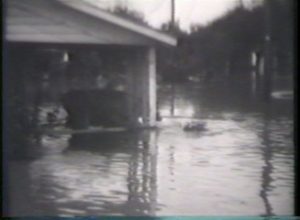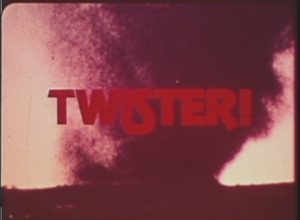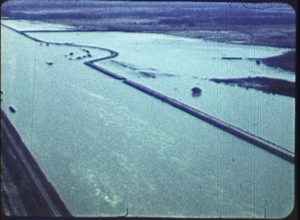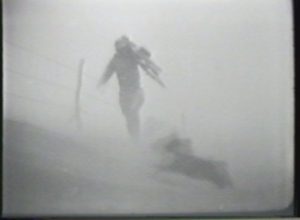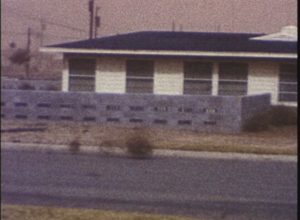
While the state’s evolving disaster response practices and policies managed to save thousands of lives over time, these storms still left entire communities without their homes. Texas hurricanes such as Carla and Beulah left Texans stranded in relief shelters for months on end as their houses and business lay in rubble. The Wichita Falls tornado of 1979 was the most costly tornado in American history, with a total property damage of $400 million. This destruction displaced approximately 20 percent of the Wichita Falls population. After suffering the third tornado since 1958, many residents never returned.
The effects natural disasters had on Texas industry and agriculture also forced families to leave their property behind in search of reliable employment. The most notable of these migrations was the result of the 1930s Dust Bowl, greater than the California migration during the Gold Rush of 1849. 300-400,000 residents from Texas, Oklahoma, Arkansas, and Missouri traveled to California in search of fertile land and an improved way of life. “The Great Dry Up” of the 1950s displaced 25 percent of the rural population of Texas, as farmers attempted to find work in nearby Texas cities.


